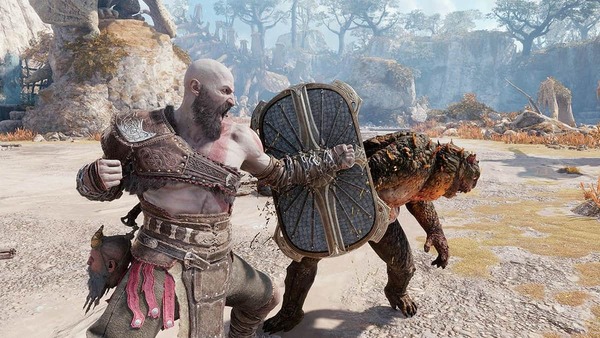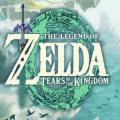Popular Now
Introduction
Avatar World® is a vibrant social sandbox where users build custom avatars, interact in themed worlds, and participate in games and events. However, beyond its cheerful visuals lies a growing problem: the game’s monetization model has increasingly alienated its player base. This article delves deeply into this specific issue—how microtransactions, premium content, and paywalls are eroding the user experience, dividing the community, and threatening long-term engagement.
1. The Early Days: Fair Play and Cosmetic Purchases
In the game's first two years after its 2018 release, Avatar World® followed a simple and player-friendly monetization model. Most of the game was free to play, and purchasable items were purely cosmetic—clothing, accessories, and themed decorations that had no effect on gameplay.
This model helped foster a creative and inclusive environment. Players could enjoy everything Avatar World® had to offer without spending money. The purchases were optional and used for self-expression, which aligned perfectly with the game’s core values.
A Community Built on Creativity
Players created fashion shows, shared screenshots of their avatars, and decorated virtual homes. The free access to essential content built strong community bonds. Monetization was fair and transparent, so players didn’t feel pressured or excluded.
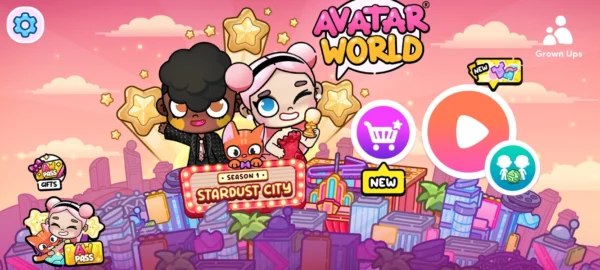
2. The Introduction of Premium Worlds
In 2020, the game introduced “Premium Worlds,” which were new zones only accessible by purchasing entry passes with premium currency. These zones featured exclusive mini-games, social areas, and special designs.
At first, this seemed like a fun expansion. But over time, these Premium Worlds became key locations for social interaction and event hosting—excluding free players from important parts of the game.
Social Division
This created an unintended social hierarchy: paying users enjoyed advanced areas and hosted private events, while free players were pushed out of the mainstream. It marked the first serious split in the community, and the free-to-play balance began to tilt.
3. Loot Boxes and Randomized Item Drops
By 2022, Avatar World® added loot boxes—crates that players could purchase for a chance to win rare or seasonal items. While the odds were disclosed, many users criticized the model as exploitative, especially since the best items were often locked behind multiple purchases.
Gambling Mechanics and Young Audiences
These loot boxes use tactics similar to gambling: randomness, excitement, and rarity. Many younger players ended up spending large sums trying to get specific items, only to walk away disappointed. The system capitalized on psychological vulnerability, especially among children and teens.
4. User-Generated Content and Platform Fees
In 2023, the game introduced a marketplace where players could sell custom-designed items like outfits or decorations. On the surface, this encouraged creativity and rewarded community talent.
However, the platform took a 30% cut from every sale, and minimum pricing rules made it difficult for small creators to earn anything significant. Many felt their efforts were undervalued.
Workarounds and Resistance
Players responded by forming underground trading groups on Discord to negotiate deals outside the official system. This violated terms of service but highlighted creators’ dissatisfaction with the revenue model.
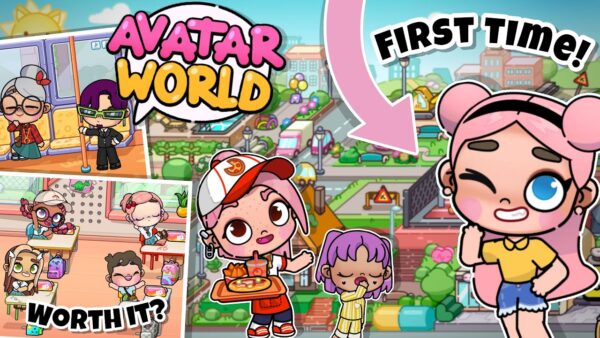
5. Subscription Systems and Loyalty Perks
A tiered subscription model was added, offering perks like exclusive outfits, XP boosts, and early access to events. While it sounded appealing, the system was built to lock rewards behind continuous payment.
For example, if a player unsubscribed, even temporarily, they could lose access to items they had already received—causing outrage among long-time fans.
Ownership vs. Rental
Players believed they were buying permanent content, only to find it was temporary unless they kept paying. This led to confusion, frustration, and a feeling of being manipulated.
6. Competitive Mini-Games and Pay-to-Win Concerns
Although Avatar World® was never intended to be a competitive game, many of its new mini-games include purchasable advantages like faster movement or longer jumps.
These small upgrades have a big impact, especially in timed competitions or parkour races, making it hard for non-paying players to compete fairly.
Unfair Advantage
Paid players now often dominate leaderboards, pushing out skilled free players. This shift toward "pay-to-win" undermines the game’s original philosophy of merit and fun.
7. User Engagement Data and Retention Decline
Internal trends suggest that while revenue from purchases has increased, engagement from non-paying users is falling. Free players now spend less time in the game than they did just a few years ago.
Warning Signs
Analysts predict that without adjustments, Avatar World® could lose up to 40% of its active free players by the end of 2025. This matters because these users create the social environment that attracts paying users in the first place.
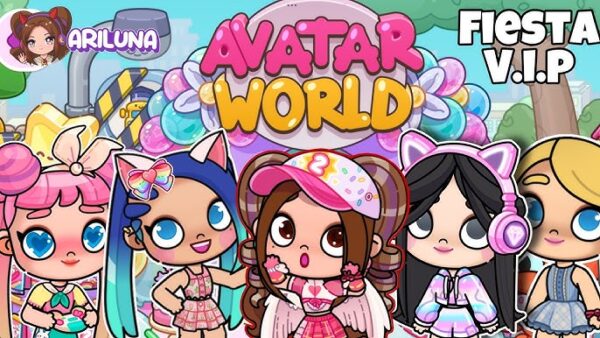
8. Developer Communication and Community Mistrust
The development team has tried to respond through blog posts and Q&A sessions. However, these are often paired with aggressive sales campaigns, limited-time offers, or vague promises of upcoming “free content.”
Miscommunication and Backlash
An April 2025 live AMA on Discord revealed plans for even more monetization. The community responded with overwhelming negativity, claiming the developers weren’t listening. Trust was eroding fast.
9. Possible Solutions and Reform Ideas
There are several changes that Avatar World® could make to repair its relationship with players:
-
Guarantee free access to all essential features.
-
Make premium zones accessible via timed passes for free users.
-
Lower platform fees in the creator marketplace.
-
Replace loot boxes with transparent item shops.
-
Offer permanent ownership of subscription rewards.
Learn from Other Games
Other platforms like Roblox and Fortnite have succeeded by making monetization optional and non-intrusive. Avatar World® can adapt similar strategies to win back its users.
10. Conclusion: A Turning Point for Avatar World®
Avatar World® has reached a critical moment. Its fun, social universe is now overshadowed by an aggressive monetization strategy. If the developers continue on this path, the community may fragment beyond repair.
But there's still hope. With open communication, transparent pricing, and fair access, the game can regain trust and continue to grow. It will require humility, active listening, and a genuine focus on player satisfaction—not just profit.

